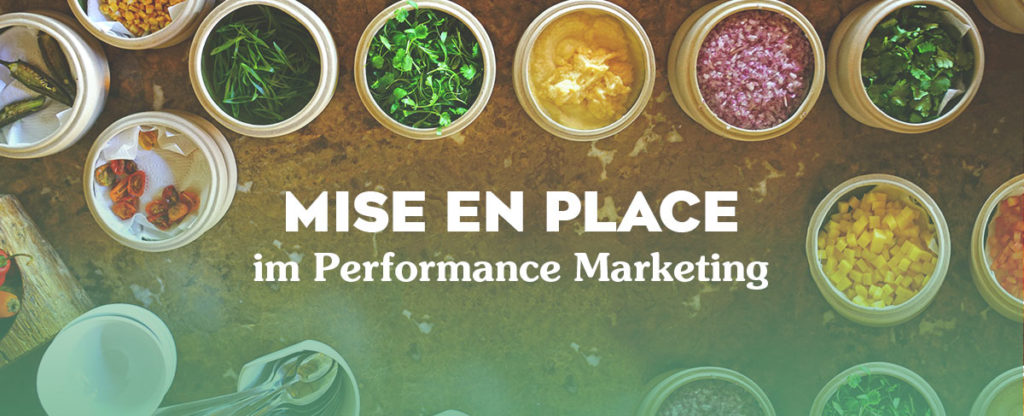Your respective performance agency should only be granted authorizations that are required for the implementation of their work. It is important that the agency is only invited toyour Business Manager as a “partner”. This is the only way you can easily separate the two business managers again if the collaboration ends.
In this context, it is also important to understand that a classic social media agency usually requires different rights than a performance specialist. A performance agency runs campaigns with the aim of achieving maximum results – i.e. measurable performance indicators. A social media agency is usually more concerned with the “playback” of your social media presence, i.e. the publication of creative postings and community management. We call this the “Top of Funnel”. Strictly speaking, the work of a performance specialist usually begins where the work of a social media agency ends. Neither specialty is more important than the other. Both are relevant to success and are not mutually exclusive.
2. Checking the pixel setup
In the next step, you should check whether the Facebook pixel has been installed technically correctly on your website. Here it is important to understand that the integration of the standard pixel code does not open up nearly all the possibilities that exist in tracking.
For example, additional standard conversions can be programmed for specific “events” or, in the case of online shops, many additional values can also be transferred.
It is particularly important for online shops to have clean value tracking for purchases and a Facebook product catalogue. This enables you or your performance agency to perform dynamic re-targeting – i.e. customers are only shown content that really interests them.
3. Control of target groups
It is particularly important to prepare the target groups meticulously. They will determine the later campaign success and this is where most mistakes are made.
These include, on the one hand, the custom audiences :
Check here exactly which audiences could make sense for your campaign. It’s not always just about who I want to address. The biggest mistakes are made in who not to approach. In order to have a good basis for a proper campaign structure, Custom Audiences must be created very precisely.
A small example of a “mini funnel”
- Promotion of organic (= newsfeed) postings on Facebook
- Retargeting via product video for everyone who interacted with the postings
- Video retargeting with a link click product ad for everyone who has seen the video at least to 20%
- Retargeting to everyone who visited the site but didn’t add the product to their cart
- Retargeting to everyone who added the product to their cart but didn’t start the checkout process
- Retargeting to everyone who started the checkout process but didn’t complete the purchase (Abandoned Cart Recovery)
- Re-targeting to everyone who bought – Advertising suitable products (cross-sell)
In order for such ” full funnel strategies ” to work, the target groups must be carefully planned, programmed, named and excluded from one another. It’s not a matter of a few minutes. This is exact planning, preparation and the topic that is mostly ignored, although by far the greatest potential lies dormant here.
In addition, the target groups must be prepared in the targeting for the start:
It is important to understand that this setup may change on an ongoing basis. Target groups are always tested and optimized against each other. For the start, however, one question is of central importance:









